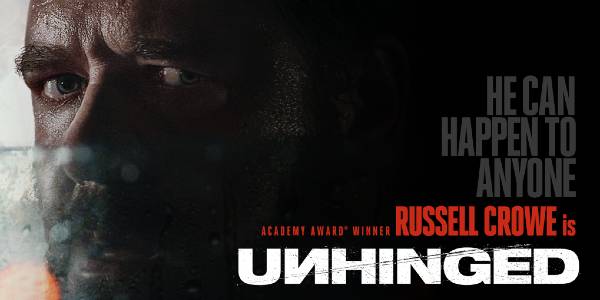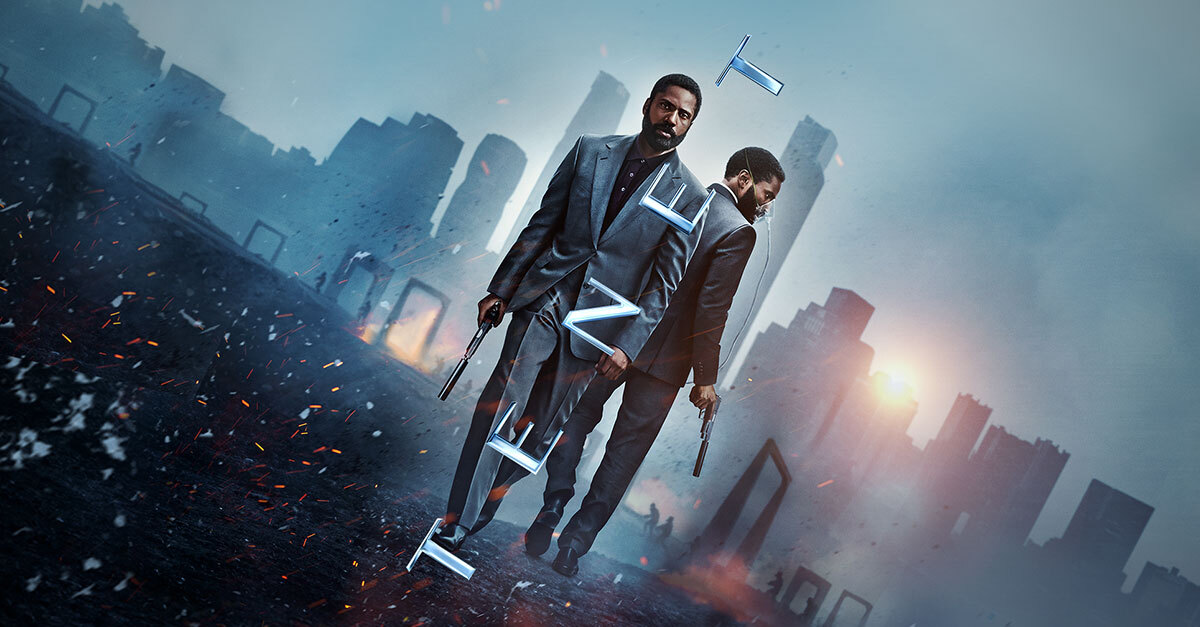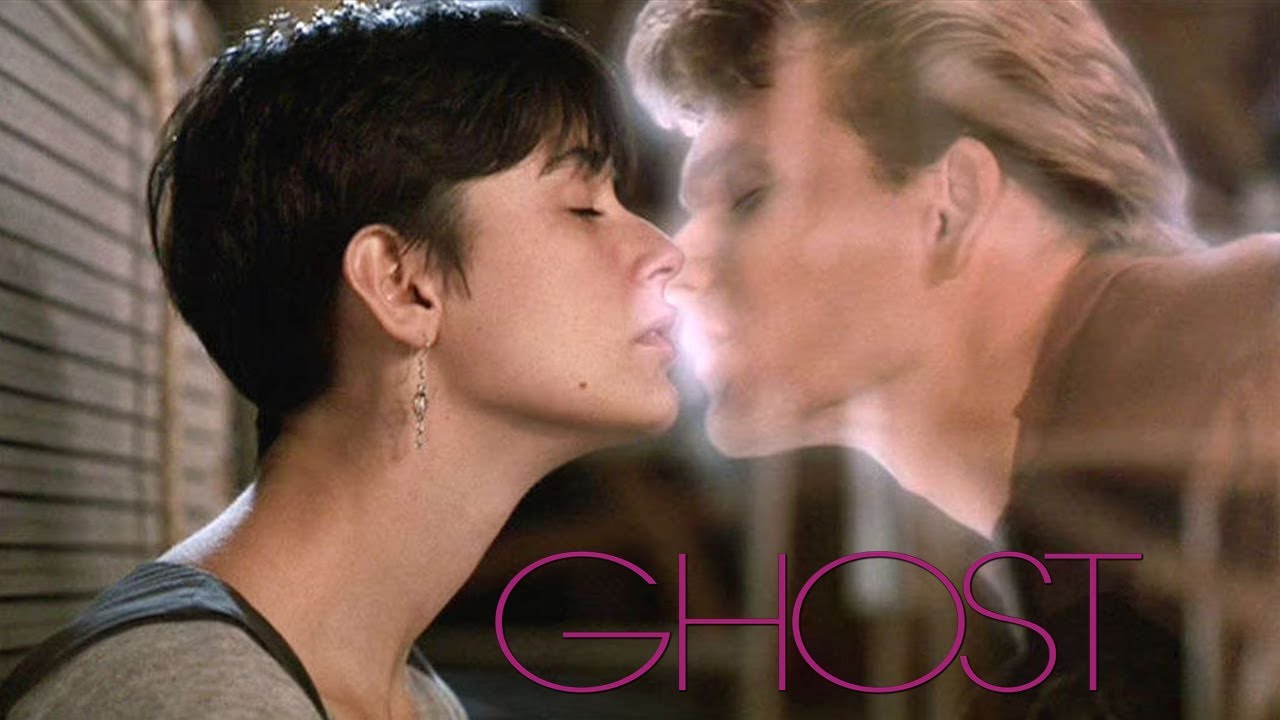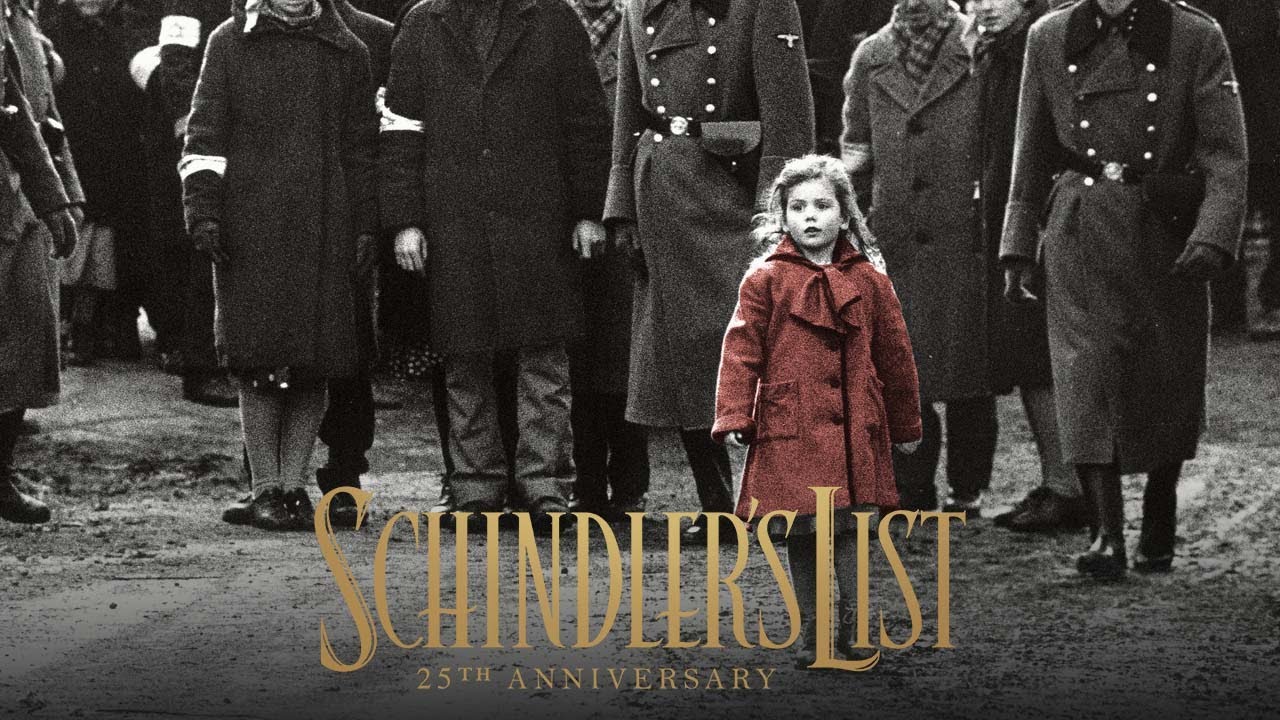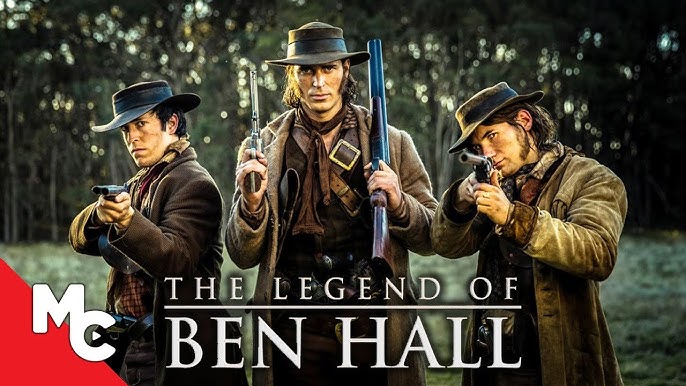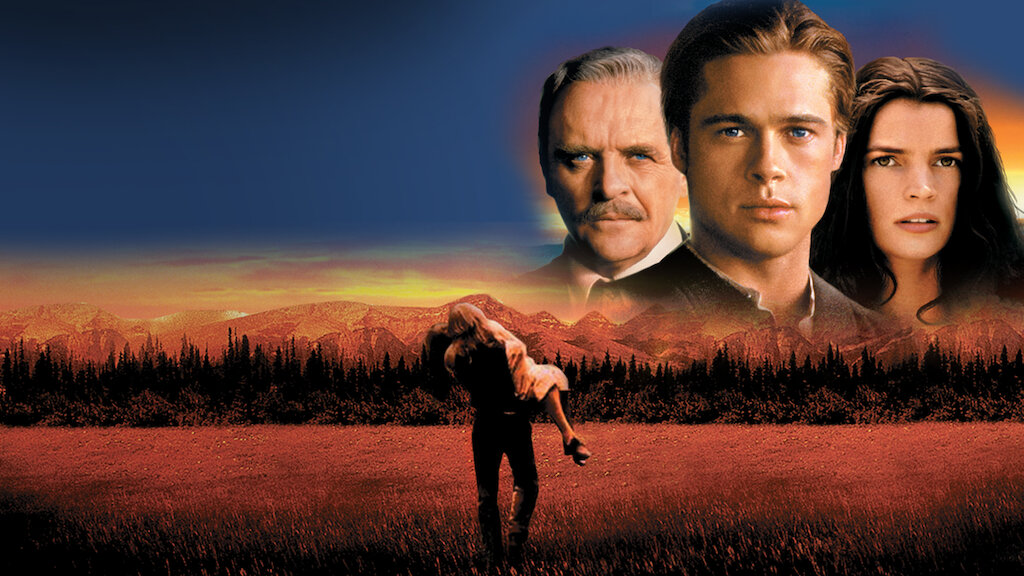The Cabin in the Woods (2011) – Movie Review
The Cabin in the Woods (2011) is not just another horror movie—it’s a clever, thrilling, and darkly hilarious deconstruction of the entire horror genre. Directed by Drew Goddard and co-written with Joss Whedon, this film takes the familiar tropes audiences know and love, flips them inside out, and delivers a wildly original story that leaves a lasting impression.
The premise starts traditionally enough: five college friends head to a remote cabin in the woods for a weekend getaway. The group fits the classic horror archetypes—the jock, the brainy guy, the “final girl,” the stoner, and the flirtatious girl. But as they settle into their rustic surroundings, strange occurrences begin to unfold. What the friends don’t realize is that they are pawns in a meticulously orchestrated ritual controlled by technicians in a hidden underground facility.
The film brilliantly plays with the idea that horror movie events are manipulated, not random. The facility workers, played by Richard Jenkins and Bradley Whitford, provide much of the movie’s humor as they casually bet on which monstrous fate will befall the group. Their scenes offer a sharp contrast to the horror unfolding at the cabin, blending bureaucratic banality with macabre spectacle.
The performances across the board are strong. Kristen Connolly stands out as Dana, the intelligent and resilient protagonist. Fran Kranz brings heart and unexpected wisdom to his role as Marty, the stoner who begins to see through the illusion. Chris Hemsworth, in one of his earlier American roles, shows surprising range as Curt, the seemingly stereotypical jock with hidden depth.
Visually, The Cabin in the Woods impresses with inventive creature designs and top-notch special effects. The climax, in particular, unleashes an unforgettable parade of monsters, a chaotic love letter to horror fans filled with nods to classic and obscure horror icons. The inventive set pieces and imaginative kills are both shocking and exhilarating.
One of the film’s greatest strengths is its screenplay, which balances satire, suspense, and genuine affection for horror traditions. Whedon and Goddard don’t mock horror—they celebrate it, even as they critique its clichés. The meta-commentary elevates the movie, encouraging viewers to think about why horror stories follow such familiar patterns—and what they say about human nature.
The final act of The Cabin in the Woods is daring and unexpected, refusing to play it safe or offer a conventional happy ending. It’s a bold choice that fits perfectly with the film’s themes of inevitability, sacrifice, and the insatiable need for storytelling rituals. The ending is simultaneously bleak, thought-provoking, and oddly satisfying.
In a genre crowded with predictable offerings, The Cabin in the Woods stands out as a masterpiece of innovation. It’s a must-watch for horror fans and a treat for anyone who loves movies that dare to be different. Smart, funny, and scary, it’s a film that rewards multiple viewings with its rich layers of meaning and meticulous attention to detail.
Hope you enjoyed the read—stay tuned for more movie reflections!
